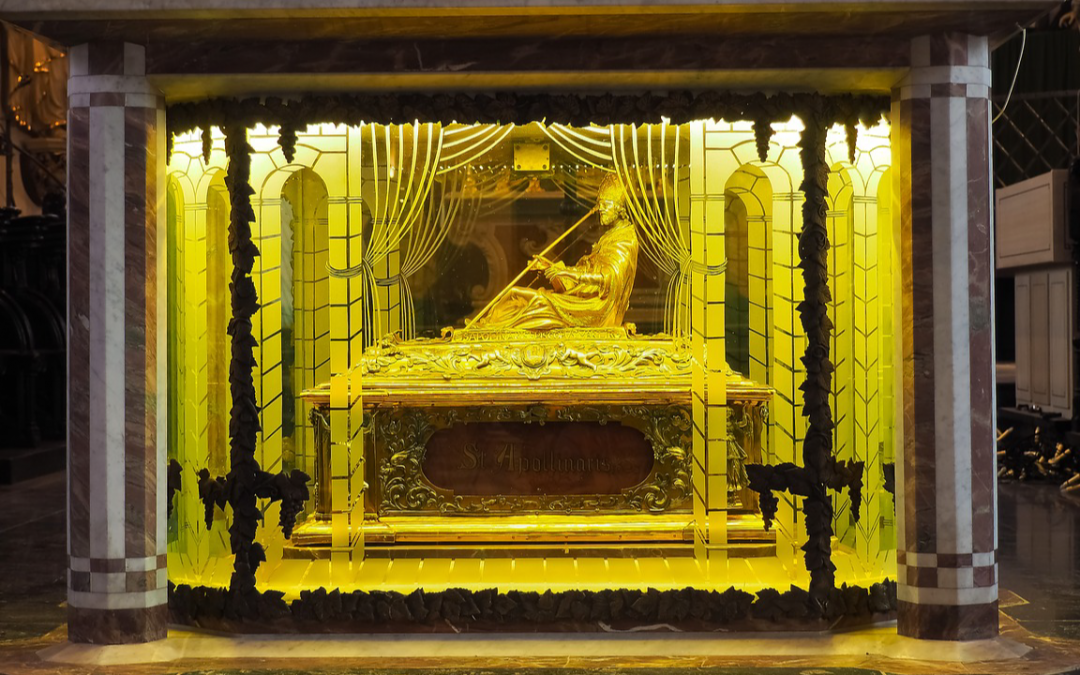You might think holy relics are just the stuff of legend, but no. All across the world are churches and temples who claim to possess genuine holy relics, many of which grant real magical powers. Some are ancient and mysterious, others are more modern with roots that can be clearly traced. While many are Christian relics, often centered on Jesus and his disciples – many holy relics are of Islam, Hinduism, or any other major religion. Here are ten.
Mysterious Holy Relics: Our Video On This
10: Edward The Confessor’s Ring

Edward the Confessor was king of England in the mid 11th century. He was a deeply religious man, who was later made a catholic saint thanks to the miracles he reportedly performed. According to legend he regularly healed the sick, being able to cure any illness. He was so beloved by the people he felt safe going outside without bodyguards. One day a poor man approached him begging for money. To the surprise of the beggar Edward took of his ring and gave it to him. Years later, that ring reappeared.
It was taken to Jerusalem by a pilgrim who decided to die in the holy land Having made it there safely, he no longer required the ring. So he gave it to another pilgrim headed for England, and told them to return it to King Edward – Along with a message. That message told the king would soon die. Six months later he was dead, and the ring buried with him. Over time the ring came to be seen as a holy relic – one that would grant the power to see into the future. And so it was dug up and soon disappeared. No one knows where the ring is today.
9: Zulfiqar – The Sword of Ali
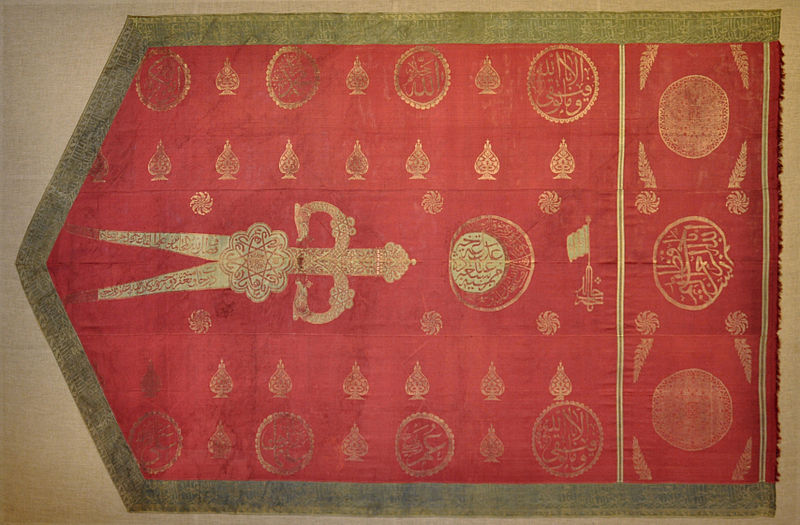
In the early days of Islam, the religion spread rapidly across the middle east. Many battles were fought and won under the leadership of their prophet Muhammad. It is said his greatest and most trusted general was his son in law, Ali. So one day Muhammad gave him a strange looking sword. It was unique in both appearance and resilience, being brought down from heaven by angels.
With his new sword, Ali was an even greater warrior than before. In time, people came to believe he was invincible. Different legends tell different stories of what happened to the sword after Ali died. Many rulers and warriors claimed to own it often having replicas made. All are now thought to have been lying. But there are people who still hunt for the sword today, believing it will grant them super human strength. Maybe someone out there already has it. Or maybe not.
8: Blood of Saint Januarius
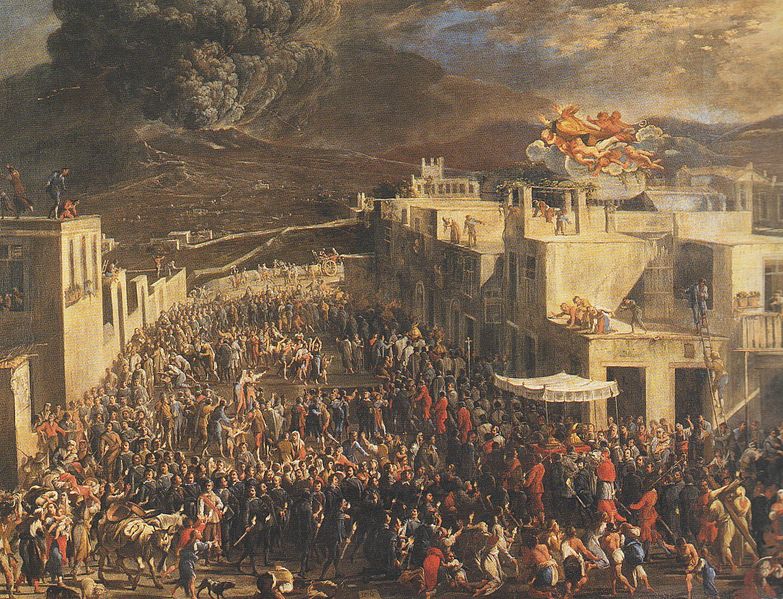
In the cathedral of Naples they keep a vial of ancient human blood – because apparently that’s an acceptable thing to do. They claim it to be the blood of Saint Januarius, patron Saint of Naples. He died around the beginning of the 4th century. So that’s a long time to keep someone’s blood… he must have been one hell of a guy. Most of the time the blood remains dry and solid. But three times a year they remove it from it’s reliquary, and show publicly that the blood has liquefied. The people of this region are well known for being superstitious.
Local legend tells that when the blood fails to liquefy, it’s a sign of coming disaster. They say the blood failed to liquefy shortly before an Earth quake in 1980, before a famine in 1559, and before Napoleon invaded Italy. In 2016 the blood failed to liquefy and people in Naples lost their minds. It’s unknown how exactly the blood was preserved, or by who. And these mysteries will likely never be solved. No one is allowed to open the vials, making scientific analysis almost impossible.
7: The Cloak of Muhammad
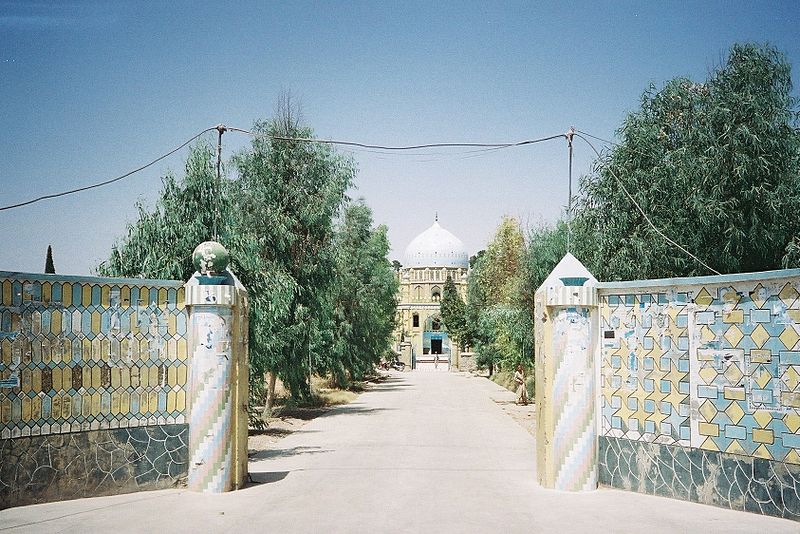
In the Afghan city of Kandahar you will find a large shrine containing one of the greatest holy relics of Islam. It is the cloak worn by Muhammad on the night of his spiritual journey to Jerusalem. It’s unclear quite how, but the cloak came to be owned by a slew of Central Asian Kings, eventually making it’s way to what is now Afghanistan. For two and a half centuries it’s been looked after by the same family, carefully guarded and only ever shown publicly on special occasions. But the last time the cloak of Muhammad was shown in public was in 1996.
It was that year the Taliban came to power in Afghanistan, under the leadership of Mohammed Omar. These years were chaotic and the future of Afghanistan uncertain. So to shore up support he appeared in public wearing the cloak before a large crowd. This symbolic act helped bring legitimacy to his new government. Many now accepted him as their spiritual leader, such is the power of the cloak.
6: The Holy Grail

Countless generations of Christians have fought and died for this holy relic, the cup Jesus drank from at the last supper. Although not known with certainty, many believe his disciples kept the grail, carefully guarding it so that early Christians may feel close to Jesus. By medieval times it was believed drinking from the grail would grant eternal life. Many rulers, churches, and holy orders claimed to possess the grail – knowing just rumors of such would bring them prestige. It was rumored the knights Templar owned the grail, having seized it from the holy land while crusading. When the knights Templar was dissolved, many of it’s members disappeared, taking it’s treasures, and it’s secrets, with them. If they really did possess the holy grail, it could have ended up anywhere.
5: The Stone of Destiny

When Scotland was an independent kingdom, this stone was used in the coronation of new monarchs. But in 1296 it was taken by the English king, ans has since been used for the coronation of English, and later British monarchs. In 1950 four Scottish students broke into Westminster Abbey and removed the stone, planning on returning it to Scotland. But as enormous ancient stones tend to be, it was heavy. So they dropped it, causing the stone to break in half.
By the time authorities recovered the stone of Destiny, it had been restored as one. According to legend the origin of the stone goes back to biblical times – that it belonged to the prophet Jacob. Now to me that sounds like nonsense – nonsense and trickery. But for a long time there have been people who claim the stone of Destiny is a holy relic. And that it proves the people of Britain are some how descended from the lost tribes of ancient Israel.
4: Saint Camillus’ Heart

Born in 1550, Saint Camillus grew up to found a catholic order that provided healthcare. Fittingly, he was later made patron saint of the sick. And apparently his followers were sick also, because after he died they cut out his heart. 400 years later they still have that heart, preserved and venerated like any other holy relics. For some reason the church often take the heart on tour, showing it off at a handful of sites in countries like the Philippines. I’m not sure why they do this, but I guess if you have a heart you might as well use it.
3: True Cross Fragments
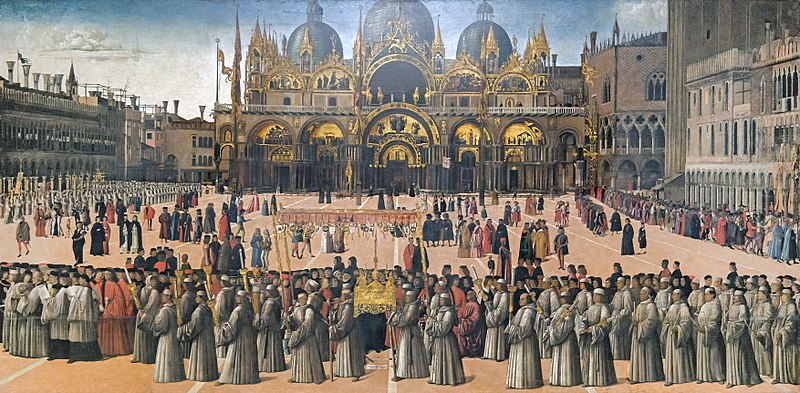
You might not be aware of this but Jesus was murdered. He was beaten to death with a giant wooden cross. And so the cross has since become a powerful symbol for Christians. It wasn’t long before people claimed to possess fragments of the original cross, be they metal nails or pieces of wood. If any of such fragments were legitimate they would have been priceless in a way no other holy relics are. Legend tells that after the emergence of Islam, the true cross fragments were taken from the holy land to Constantinople.
Shortly before that city fell to Muslim forces, they were sent away and dispersed among Christendom. Some ended up in Rome, some in France, and even some in Syria. One of the biggest fragments came to be owned by the Austrian imperial family. It can still be seen in the Imperial treasury in Vienna. There are so many claimed fragments out there, yet it’s unknown which of them, if any, are genuine.
2: The Holy Foreskin

No, you didn’t misread that. Jesus was born Jewish, and fittingly, he was circumcised. By medieval times many churches claimed to possess the foreskin of Jesus. Genuinely, some of the most famous holy relics from history, are said to literally be foreskin. The first specific claim appeared around the year 800. It is said the Frankish king Charlemagne was visited by an angels who gave the holy foreskin to him. That’s quite a gift. But I suspect he was a little freaked out by it, because he soon gave it to an Abbey. And the monks there were also freaked out, which let’s face it doesn’t take much.
So they sent the holy foreskin to Rome as a gift for the pope. Some believe the holy foreskin has remained there ever since, today being kept underground in the Vatican secret archives. That would make some sense. If you’d been keeping a two thousand year old foreskin, you’d probably want to keep it a secret… probably.
1: Communist Mummies

It could be said that the cult of personality created by a dictator is a form of religion. That those who worship Kim Jong Un in North Korea are, in a sense, worshiping him as a living deity. It true, this would open the door to a whole new world of holy relics. The ultimate kind of such must be communist mummies. It’s a practice that goes back to the early days of the Soviet Union, to the death of Vladimir Lenin. Revered as the new country’s founding father, his body was embalmed and put on display in a glass cabinet. Thousands came to see the corpse of Lenin and weep over it. Never before had a body been preserved like this.
In fact, it was so life-like that children were terrified of it. But it proved popular, and still today the body of Lenin is on display. For a time, Stalin’s body was preserved and put on display also, as was that of Chairman Mao. It became something of a trend, spreading through the second world with the eventual death of their leaders. These new holy relics can still be seen in a lot of countries: Vietnam, North Korea, and many more.

